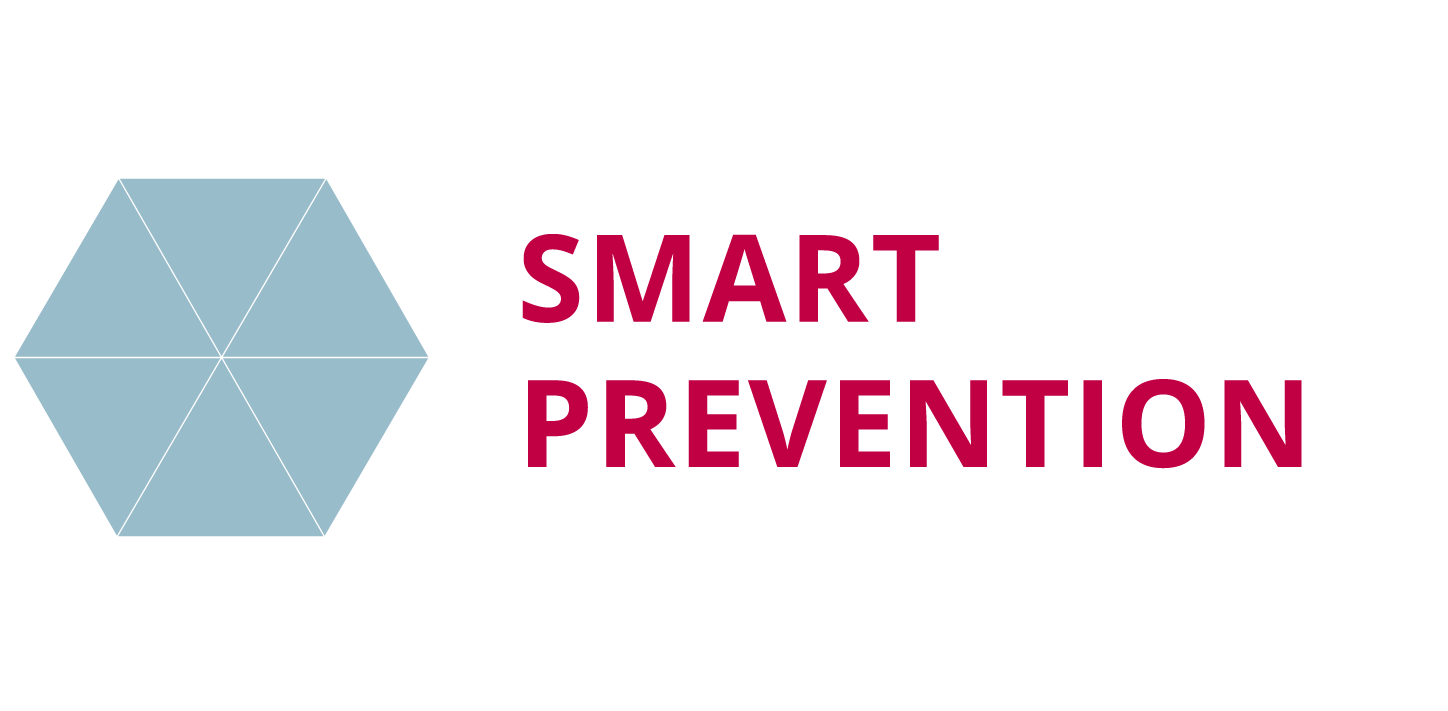- Psychology / Chances / Prof. Dr. Judith Ackermann
Prof. Dr. Judith Ackermann
New prevention tools
- Ackermann: Phenomenon
- Ackermann: Threat
- Ackermann: Vision
Above all, digitisation offers potential for crime prevention because it is interactive and can always create immersive spaces. This means that I can empathise more easily with certain situations with the help of technology, which can also lead to me being able to anticipate them more easily and sometimes look at them and see how they can be avoided. Persons can be transferred into experiential spaces in a very specific way in order to prepare them. Or it can be used, for example, to put people in the perspective of a perpetrator for a moment through interactive films and to see where and how they could actually react. These are for example new potentials: Interactivity and immersion. If you think about it further now, if you do not stop at social networks for the time being, whereby social networks naturally have the advantage that they are very low-threshold and that very quickly a lot of people can be reached with information, including younger people, but if you could get away from them again, then virtual reality is in any case a very important scenario where a lot of work is still being done. To look at, which situations can I create? And what can I actually achieve with it? And how, for example, this is also an important area at the moment, how can I accompany people to emerge again from this virtual reality? Thus, the fact that they do not completely keep the experiences they have, which can sometimes be disturbing, within themselves, but rather process them, contextualise them. We have just started a new project at the Potsdam University of Applied Sciences, where we are also working with virtual realities. It is about digital inclusion in the context of social anxiety disorders. For example, we are investigating how invasive scenarios can be used to allow people to participate in the reality of life for people with social anxiety disorders, in order to change society’s perception of anxiety disorders and create greater awareness. And on the other hand, it is also about looking at how I can use virtual realities to let people try out social situations, for example? Low-threshold and also decided by them themselves how far this should go. In order to be able to get back into physical social situations.

Prof. Dr. Judith Ackermann
- Since 2019: Head of the BMBF research project DISA – Digital Inclusion in the context of social anxiety disorders (together with Prof. Dr. Frank Heidmann)
- Since 2017: Head of the BMBF research project PKKB: Postdigital Art Practices in Cultural Education – Aesthetic Encounters between Appropriation, Production and Mediation (together with Prof. Dr. Marian Doerk and Prof. Dr. em. Hanne Seitz)
- Study of media science, computer linguistics, psychology and acting in Bonn and Köln
- PhD in Media Studies at the University of Bonn (2011)Since January 2017 Professor for Digital and Networked Media in Social Work at the FH Potsdam (representing the professorship since Oct. 2016)
- Previously scientific coordinator of the interdisciplinary DFG Research Training Group “Locating Media” at the University of Siegen and teacher for special tasks in the media science seminar Siegen (2013-2016)
- 2012-2013 research associate in the Research Promotion Department of the Federal Ministry of Education and Research (Department: Digital Media in Vocational Education and Training, PT-DLR)
- Guest professorships at the School of Design of the Politecnico di Milano (2015 to 2019) and the Film University Babelsberg (Digital Media Culture, 2012/13)
- Lecturer in the master’s degree in games and media education at the Ernst Abbe Hochschule Jena (from winter semester 2016/2017)
- Actress in the field of children’s theatre at the Horizont Theater Cologne (since 2014)
- Initiator of the international Urban Games Festival playin’siegen (since 2015)
- Phenomenon
- Threat
- Chances
- Vision




Comments